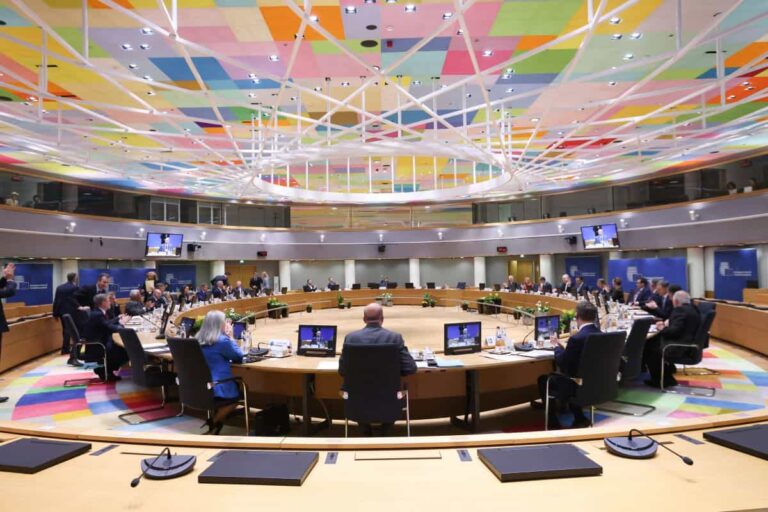An agreement found on a razor’s edge, after a day of leaps forward of the most favourable, braking of the most sceptical and compromises in order not to reach an all-out failure of the 27 on two key dossiers of the Migration and Asylum Pact.
Table of Contents
Migration and asylum pact: what was agreed
With regard to the agreement on the two Migration and Asylum Pact Regulations, the main points concern the different aspects of the ‘central pivot of migration management’. I.e. the balance between solidarity and responsibility in migration management on the part of all Twenty-Seven.
The first concept was mainly addressed in the Regulation for the Management of Asylum and Migration (Ramm). Which introduces a compulsory solidarity mechanism. All member states will have to contribute. But, with a choice between relocations and a financial contribution of 20,000 euros per unaccepted migrant.
These funds ‘will flow into an instrument that will be defined by the Commission, the details not yet defined’, the Swedish minister said.
At the basis of the solidarity mechanism will be the minimum annual number of relocations, set at 30,000 people. Although “it may be increased if necessary and account will be taken of situations where there is no need for solidarity in a given year”.
Furthermore, the regulation establishes the obligation to apply in the Member State of first entry and discourages secondary movements. This, by limiting the possibilities of cessation or transfer of responsibility between member states.
Read also: Migrants’ boat shipwreck in Greece, the worst disaster at sea ever: the victims may be 600
The other details
The other details of the understanding concern the concept of safe third countries, the connection criterion and the (lack of) exemptions for families with minors from the border procedure.
On the first and second aspect, the Swedish presidency clarified that ‘the criterion of connection between the applicant and the third country remains, but it is up to the Member State to assess’ whether the destination is safe.
Although for the moment ‘there is still no list of safe third states’, added Minister Malmer Stenergard. No less delicate was the compromise on which Germany was persuaded to vote in favour of the proposal on the two rows of the Migration and Asylum Pact.
Thus, the exemption of families with children under the age of 12 from the border procedure did not appear in the text of the compromise in the end.
But “Germany, Ireland, Luxembourg and Portugal nevertheless point out that the exemption on minors is particularly important. And will have to be taken forward in the trialogues”, made it clear by German Minister Nancy Faeser.












